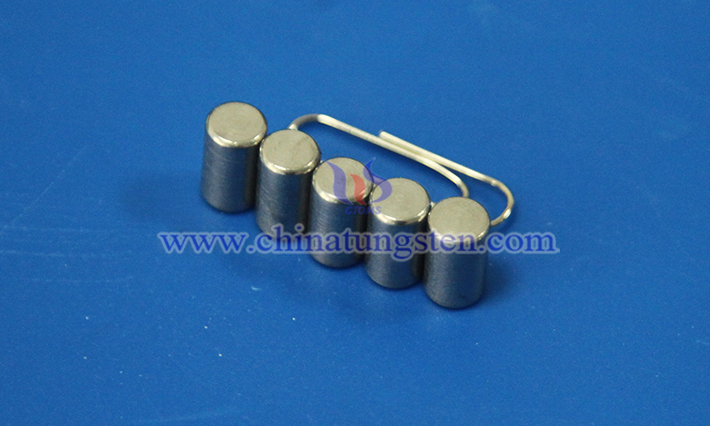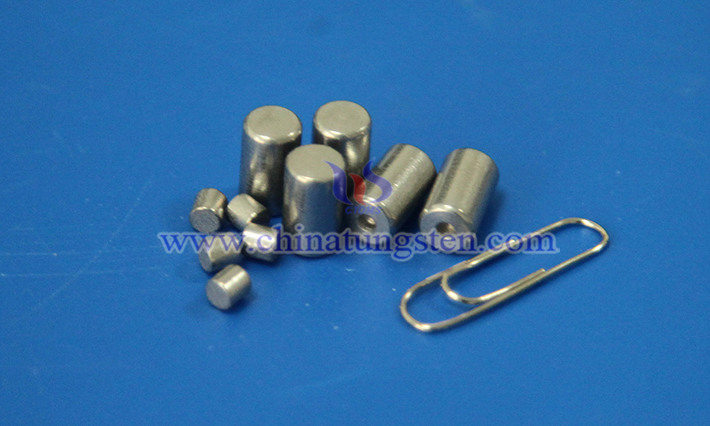Barium Tungsten Electrode for Klystron
- Details
- Category: Tungsten Information
- Published on Monday, 28 April 2025 17:24
A klystron is a vacuum electron device used for microwave amplification and oscillation, widely applied in radar, communication, and particle accelerator fields. The barium tungsten electrode is commonly used as the cathode in klystrons due to its excellent electron emission performance.

I. Role of Barium Tungsten Electrode in Klystron
1. Electron Emission: As a thermionic cathode, the barium tungsten electrode releases electrons when heated, forming an electron beam. The klystron utilizes the interaction between this electron beam and microwave signals to achieve signal amplification or oscillation.
2. High Efficiency: The barium tungsten cathode has a low work function (typically 1.5–2 eV), enabling high-density electron emission at relatively low temperatures (approximately 1000–1200°C), meeting the high-power demands of klystrons.
3. Long Lifespan: The barium tungsten cathode provides stable electron emission through active barium compounds, offering a longer lifespan, higher temperature resistance, and better resistance to poisoning (from residual gases) compared to pure tungsten cathodes.
II. Structure and Working Principle of Barium Tungsten Electrode
1. Material Composition: The barium tungsten cathode is typically made of a porous tungsten matrix impregnated with barium compounds (such as barium oxide or barium calcium aluminate). At high temperatures, barium volatilizes or diffuses to the surface, lowering the work function and enhancing electron emission.
2. Operating Conditions:
Heating: The cathode is heated to its operating temperature by a heater.
Vacuum Environment: The klystron operates in a high-vacuum environment to prevent electron collisions with gas molecules and protect the cathode surface.
Current Density: The barium tungsten cathode can provide an emission current density of up to 1–10 A/cm², meeting the high-power requirements of klystrons.

III. Precautions for Using Barium Tungsten Electrode
1. Preheating: When starting the klystron, the cathode should be gradually heated to its operating temperature (over a few minutes) to avoid thermal shock, which could cause cracking or performance degradation of the cathode material.
2. Vacuum Level: The internal vacuum of the klystron must be maintained at 10⁻⁶ Pa or lower to prevent residual gases (e.g., oxygen) from reacting with barium, which could reduce cathode lifespan.
3. Current Control: The electron beam current must be precisely controlled, as excessively high currents may cause cathode overheating or barium depletion, shortening its lifespan.
4. Avoiding Contamination: The cathode surface must be protected from contact with silicon, carbon, or other contaminants, which could form a high-work-function layer and suppress electron emission.
5. Storage and Maintenance: Unused klystrons should be stored in a dry, vacuum, or inert gas environment to prevent moisture absorption or oxidation of the barium tungsten cathode.
- Chinatungsten Online: www.tungsten.com.cn
- CTIA GROUP LTD: en.ctia.group
- Tungsten News & Price: www.ctia.com.cn
- Molybdenum News & Price: news.molybdenum.com.cn
- Tel.: 86 592 5129696; Email: sales@chinatungsten.com



 sales@chinatungsten.com
sales@chinatungsten.com